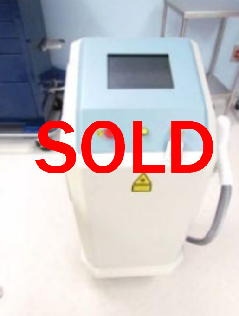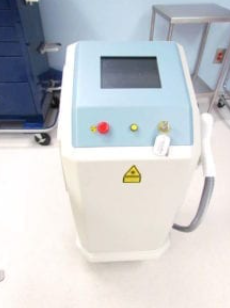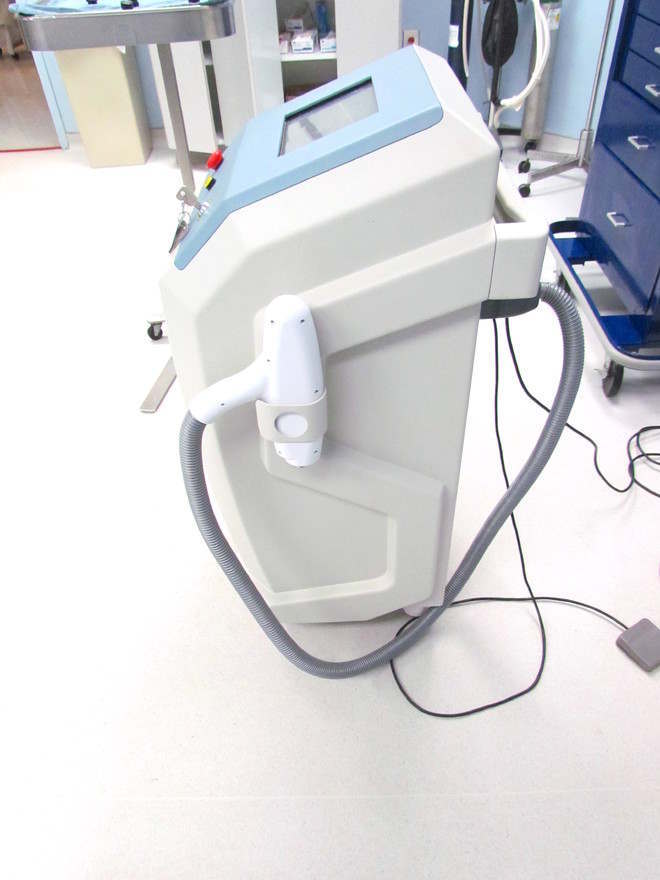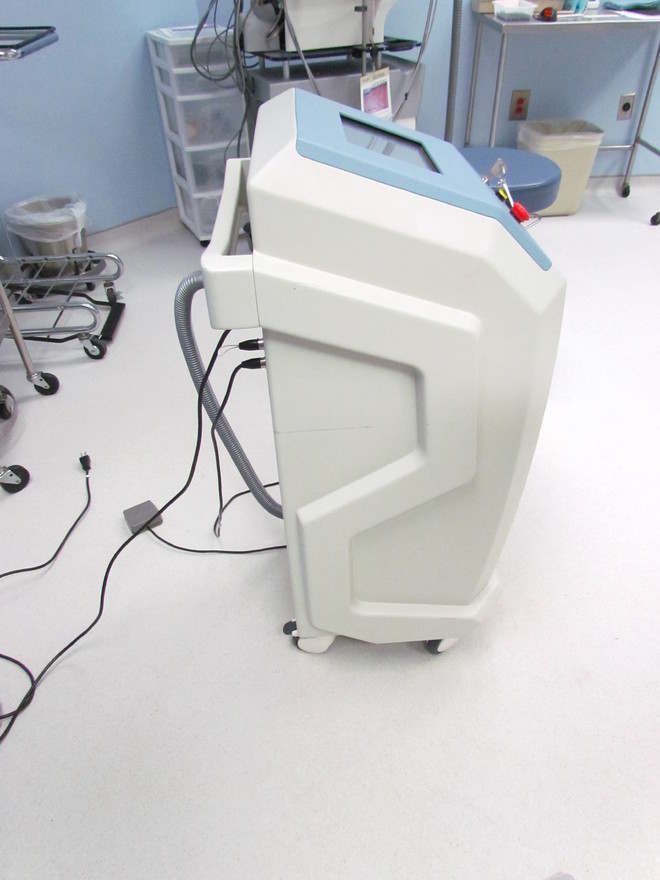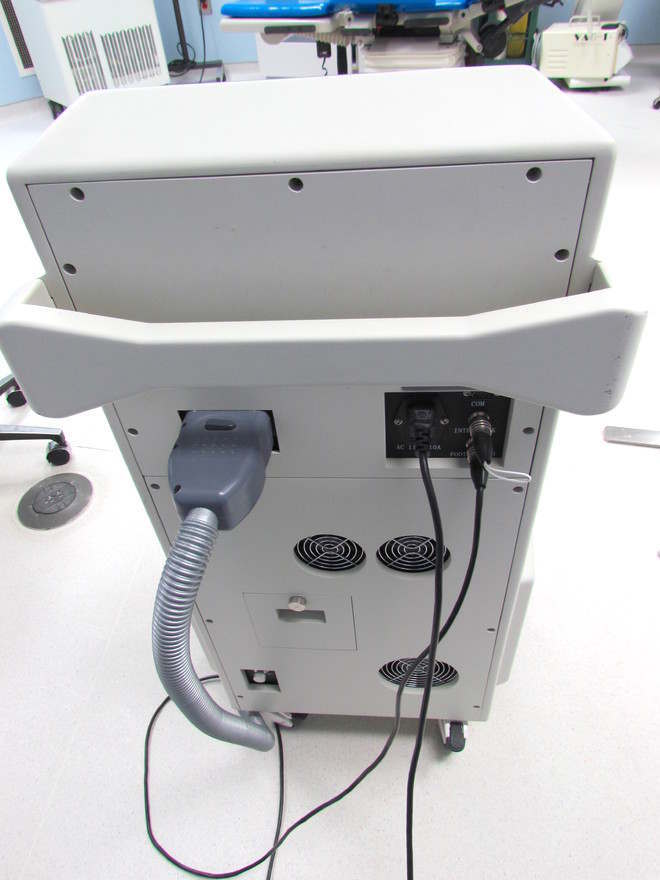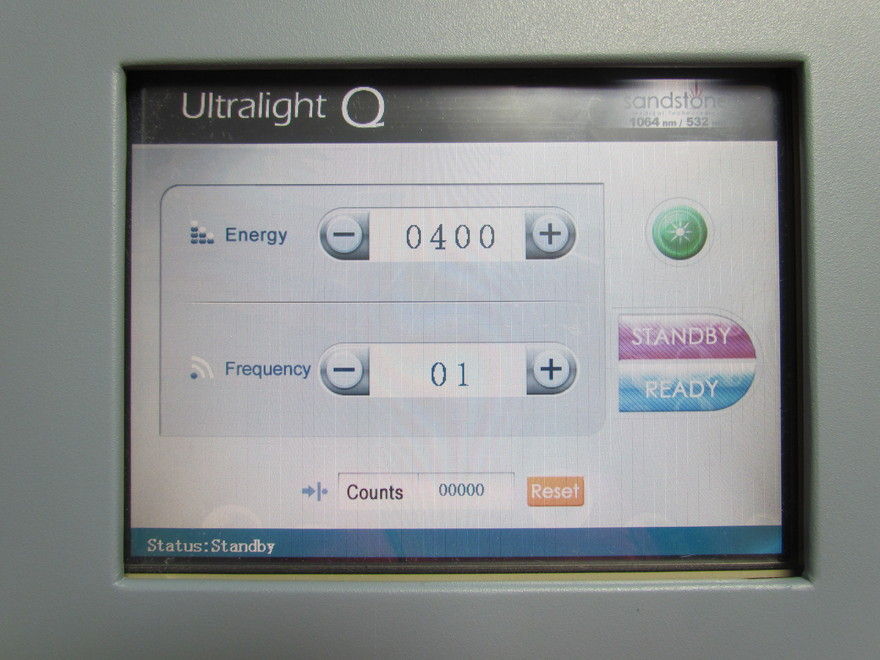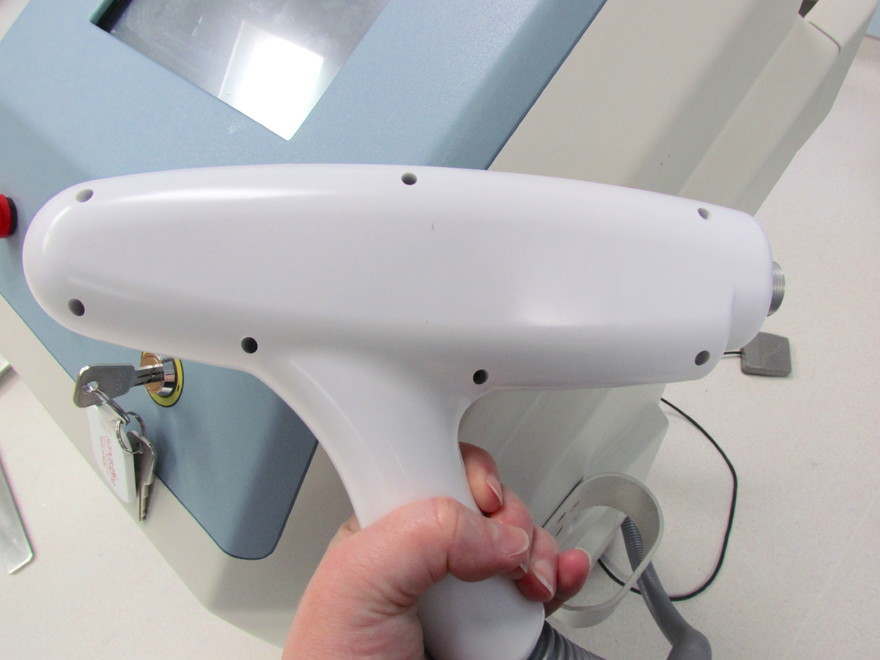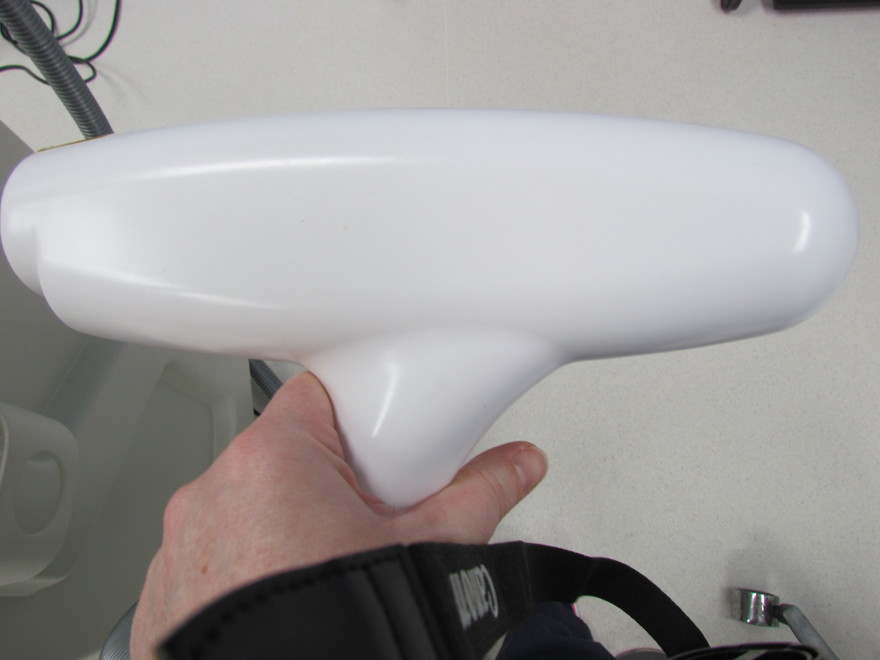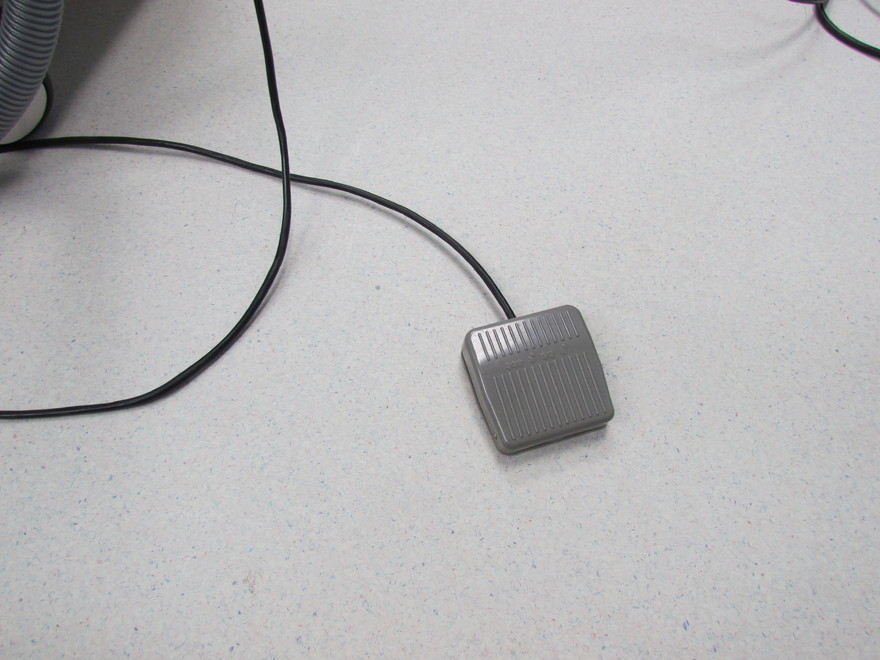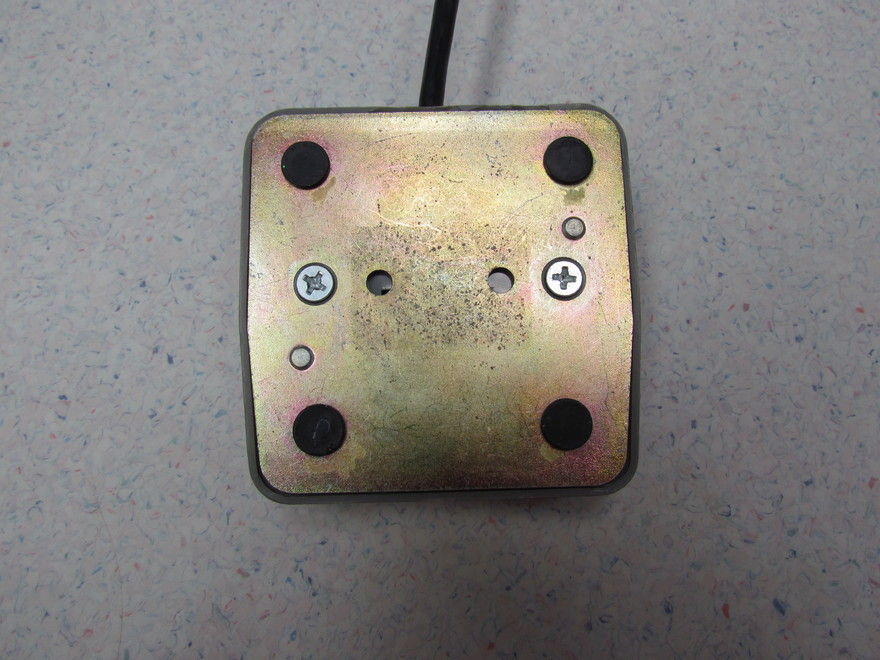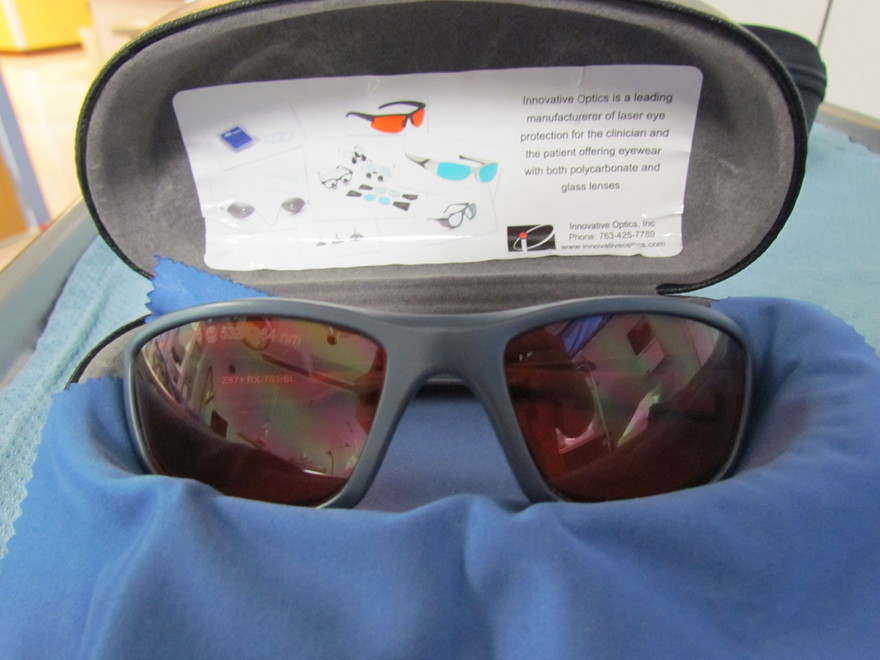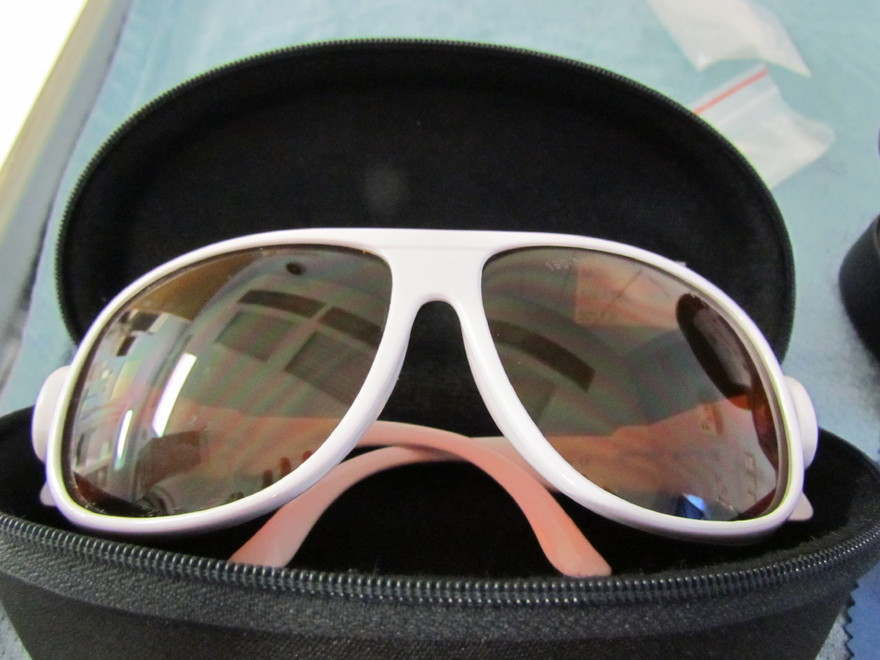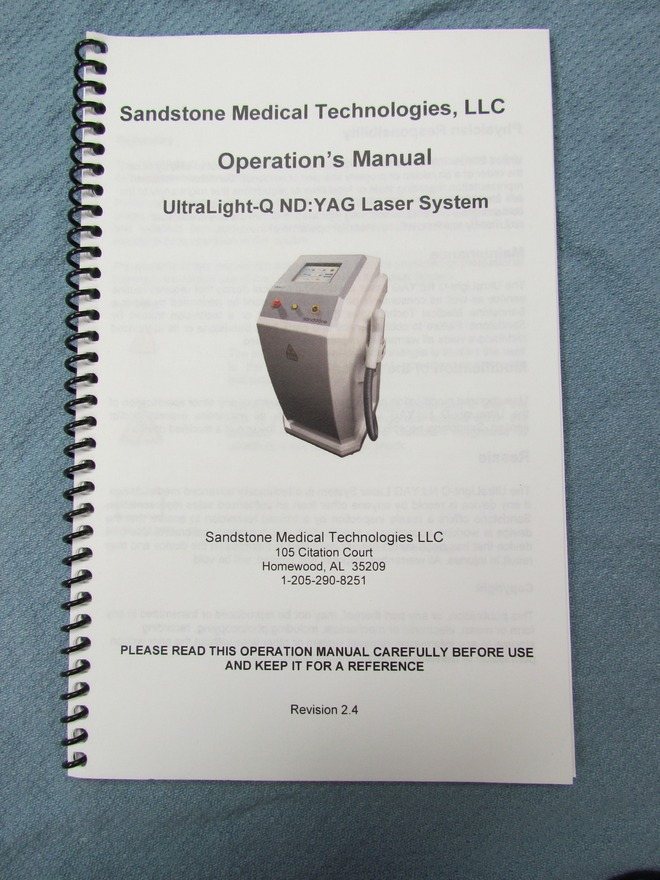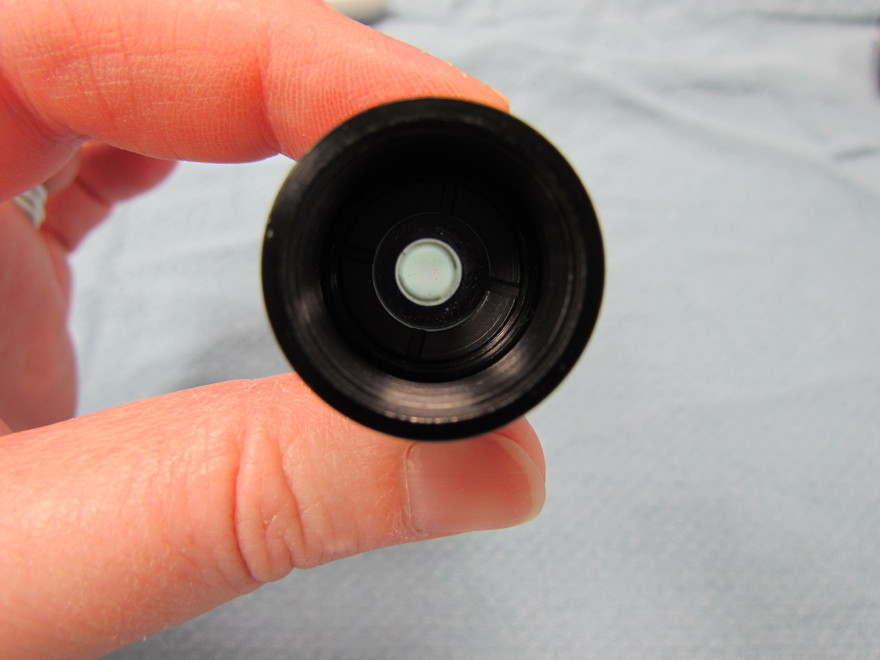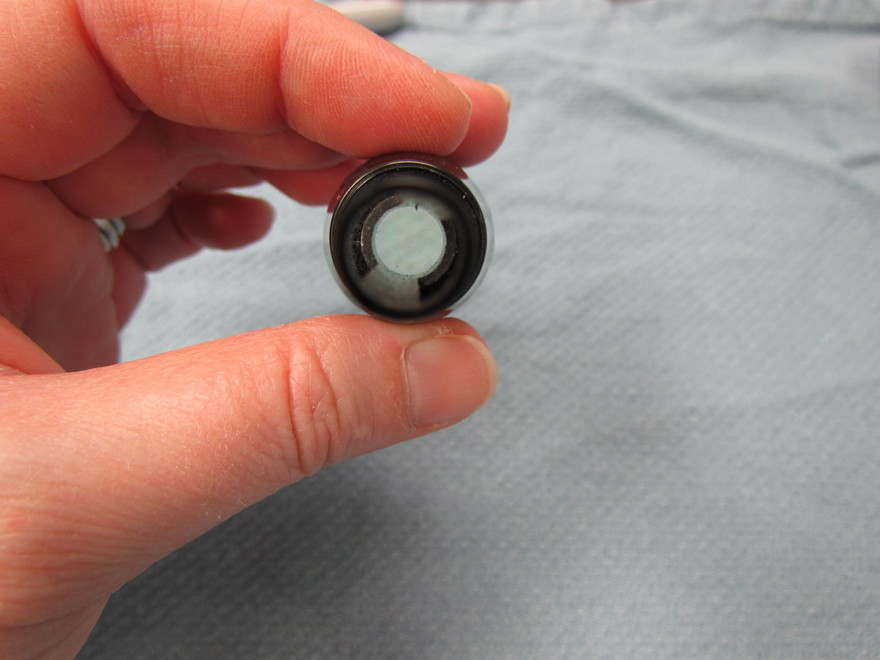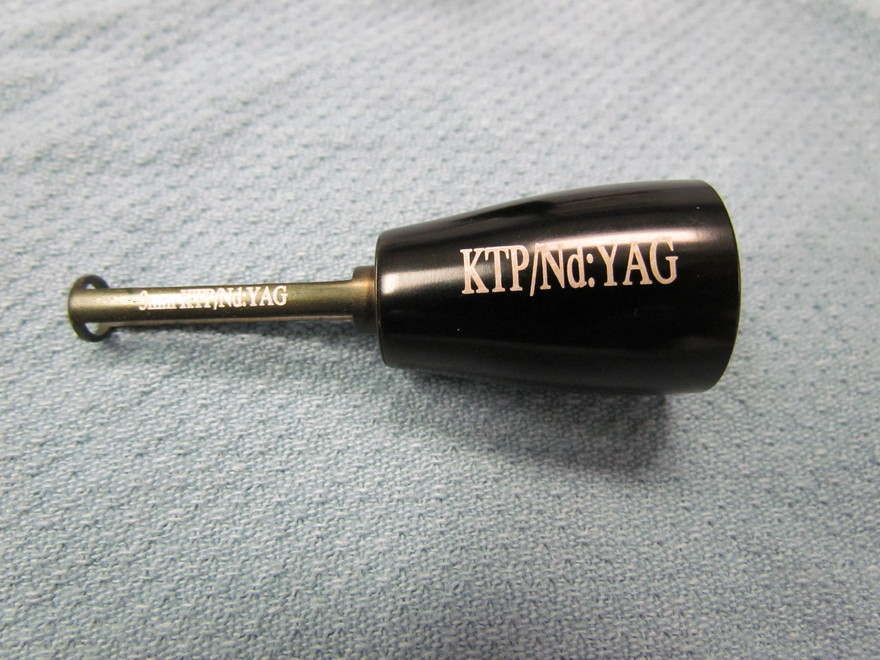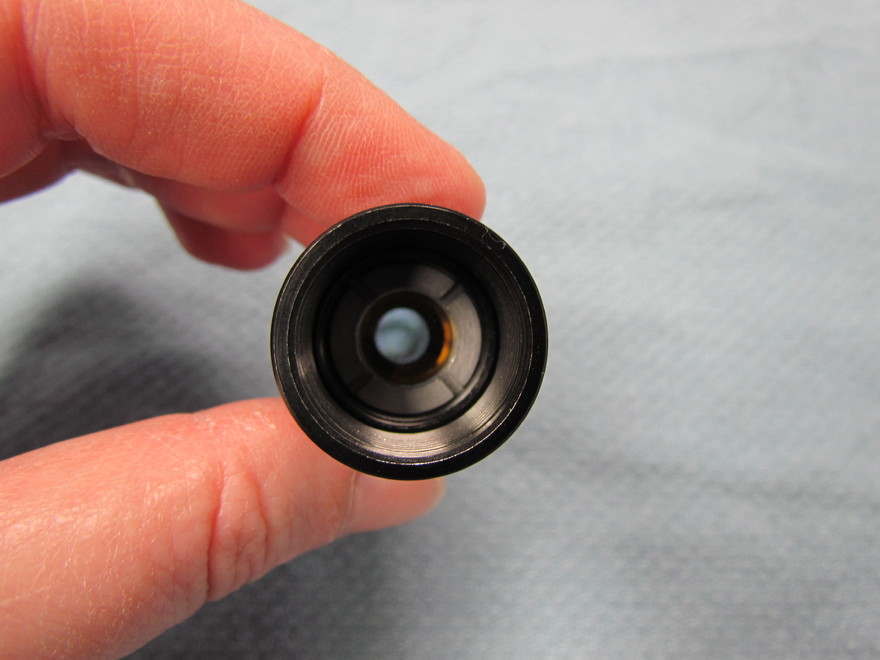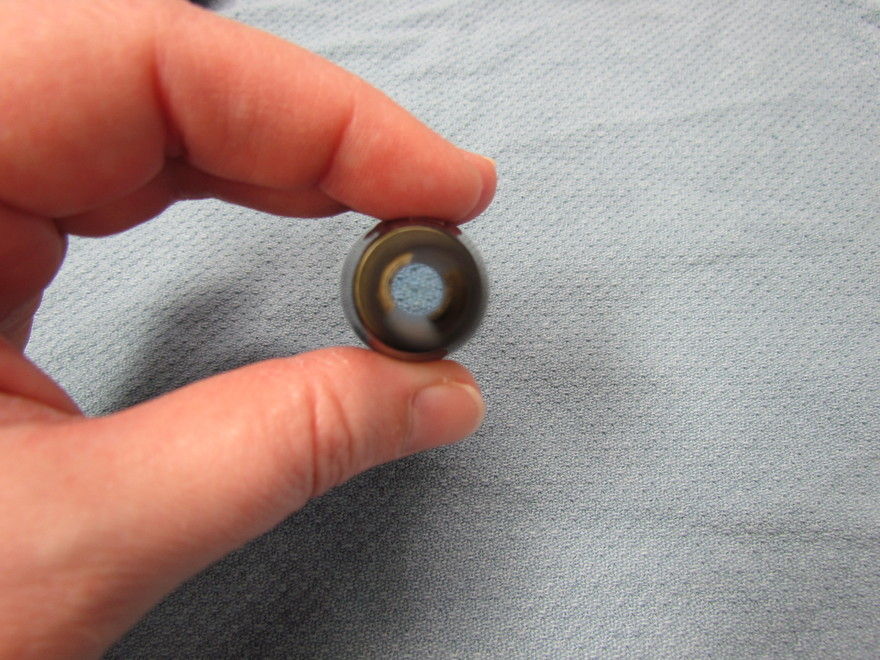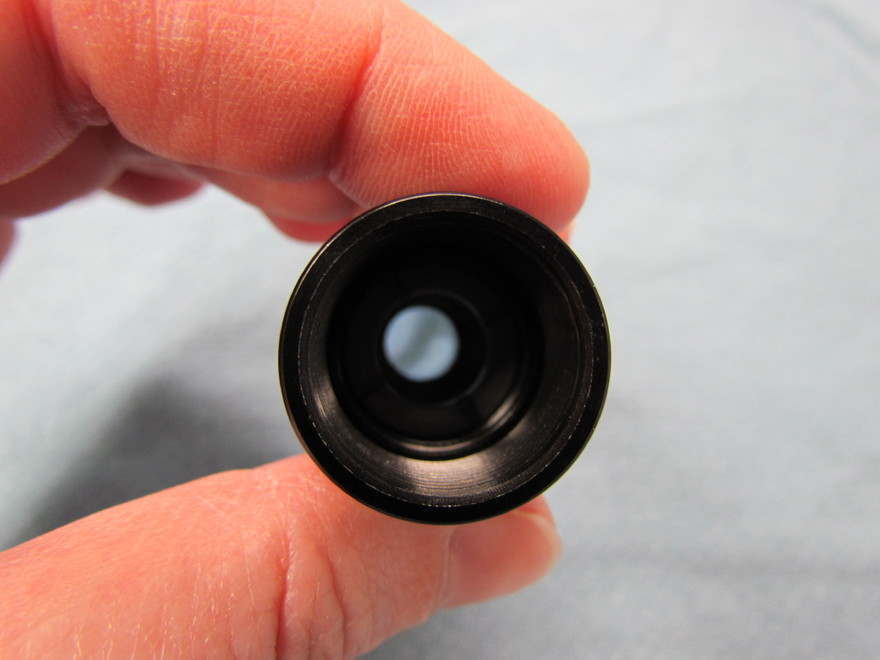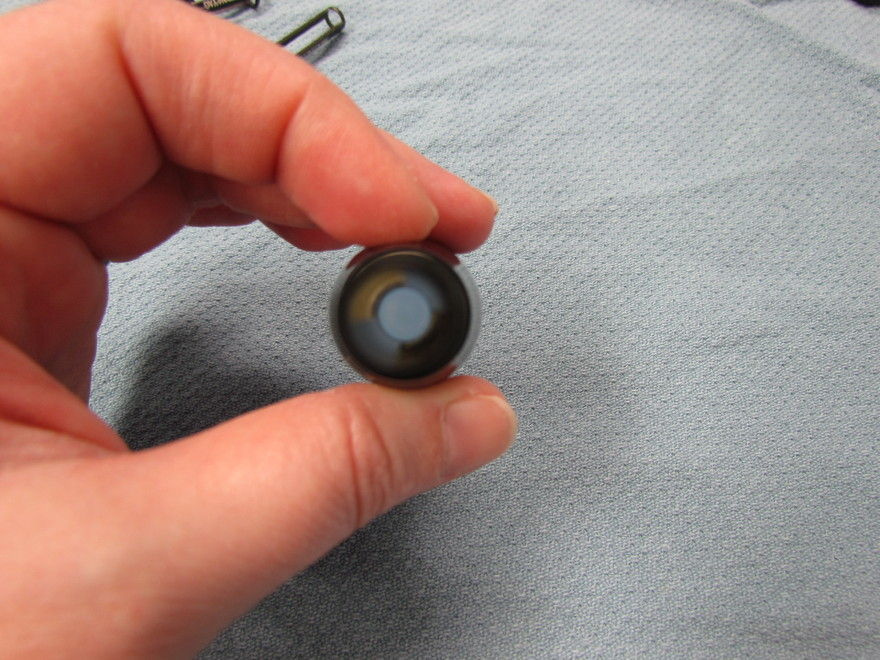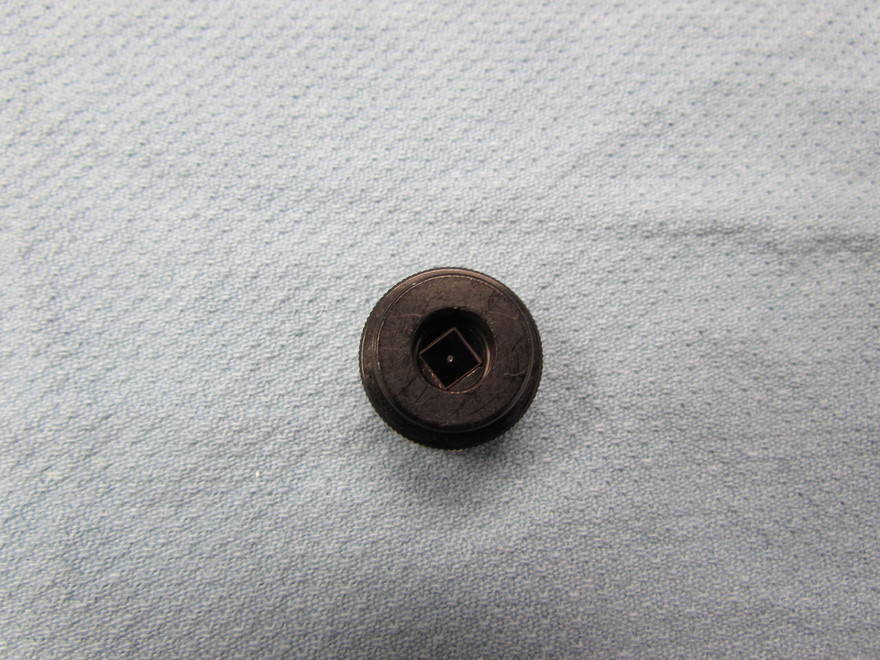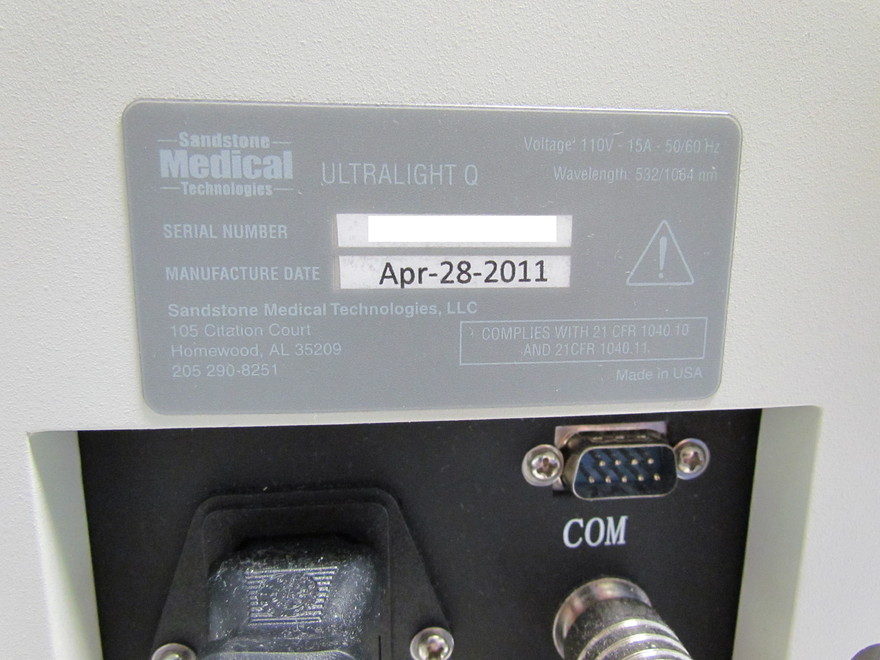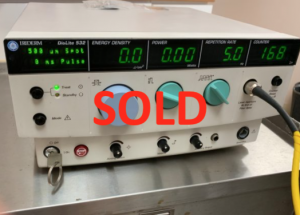Shop by Category
- Accessories
- Aspirator
- Cosmetics
- Digital Photography Systems
- Eyewear
- Footswitch/Foot Pedal
- Handpieces
- Laser Eyewear
- Microdermabrasion Devices
- Miscellaneous
- Portable Devices
- Skin Care Products and Make Up
- Skin Chillers
- Skin Sales Tools
- Smoke Evacuator
- Tips & Consumables
- Training & Business Tools
- User Manual/Operators Manual
- Les Encres
- Manufacturer
- Active Optical Systems
- Aerolase
- Aesthera
- Aesthetic Management Partners (AMP)
- Aesthetics Biomedical
- Aesthetika Lasers
- Alma Lasers
- Artas
- Asclepion
- Bella Products Inc.
- BTL Aesthetics
- Buffalo Filter
- Candela
- Canfield
- Cartessa
- Cellsound Aesthetics
- Cenmade
- Cervello
- Chromogenex
- CoolTouch
- Cutera, Inc.
- Cynosure, Inc.
- Deka
- Dermasweep
- DermaWave
- DiamondTome
- Dornier
- Dusa
- Eclipse Aesthetics
- Edge Systems
- Eleme
- Ellman
- Emage Medical
- Emvera
- EndyMed
- Energist
- Equipmed
- Erchonia
- Fisioline
- Focus Medical
- Formatk
- Fotona
- Fraxel
- HOYA ConBio
- Human Med
- Hydrafacial
- Ilooda
- Inmode Aesthetic
- Iridex
- Jeisys
- Lasering
- LaserOptek
- Laserscope / Iridex
- Lazerlenz
- Light Bioscience
- Lipo Ltd
- Lumenis
- Lutronic, Inc.
- Mattioli
- Medical Laser Technolgies
- Medicamat
- MeDioStar NEXT
- Merz
- Miramar Labs
- NeoGraft
- Noir
- Noir Laser Eyewear
- Novoxel
- Nuvolase
- Nylo Aesthetics
- Obagi Medical
- Omnilux
- Osyris
- Other
- Palomar Medical
- Parisian Peel
- Photo Therapeutics
- Profect Medical Technologies
- Quanta Systems
- Quantel
- RA Medical
- Radiancy
- Reveal
- RevecoMed
- Rohrer Aesthetics
- Sandstone
- Sciton, Inc.
- Sharplight
- Solta Medical
- Storz Medical
- SupraMedical
- Sybaritic, Inc
- Syneron, Inc.
- Syntech Laser
- Thermage, Inc.
- Thermi Aesthetics
- Ulthera, Inc
- Ultra Aesthetica
- Venus Concepts
- Vibraderm
- Viora
- Vivace
- Viveve
- Wells Johnson
- Zeltiq
- Zimmer
- Procedure
- Acne Scars
- Acne Treatment
- Actinic Keratosis
- Body Contouring
- Body Contouring – Diode
- Body Contouring – Hands Free
- Body Contouring – Radio Frequency
- Body Contouring – Ultrasound & Radio Frequency Combined
- Cellulite Smoothing
- Collagen Regeneration
- Complexion Analysis
- Dental
- Dry Eye
- Dynamic Muscle Stimulation
- Epidermal Renewal
- Erectile Dysfunction
- Face Contouring
- Face Oil Reduction
- Facial
- Facial Muscle Stimulation Treatment
- Fat & Cellulite Reduction
- Fat Grafting
- Fractional Skin Resurfacing
- Hair Restoration
- Hyperhidrosis
- Hyperpigmentation
- Incontinence
- Keloid Scar Treatment
- Laser Hair Removal
- Laser Hair Removal – Diode
- Laser Lipolysis
- Liposuction
- Lymphatic Massage/Drainage
- Melanin Reduction
- Melasma Removal
- Microdermabrasion
- Microneedling
- Muscle Sculpting
- Non-Invasive Hair Growth Treatment
- Non-Surgical
- Oxygen Skin Therapy
- Pain Relief
- Photodynamic Therapy
- Photofacial Rejuvenation
- Pigment Reduction
- Pigmented Lesion
- Podiatry
- Pore Minimizer – Minimize Enlarged Pores
- Psoriasis
- Reverse Photo-aging Damage
- RF Microneedling
- Rosacea Treatment
- Scalp Health
- Scar Correction
- Seborrheic Keratosis
- Skin Analysis
- Skin Chilling
- Skin Rejuvenation – Ablative
- Skin Rejuvenation – Non-Ablative
- Skin Rejuvenation – Sublative
- Skin Resurfacing
- Skin Tightening
- Skin Tightening – Eye Area
- Sterilize
- Stretch Marks Removal
- Surgical
- Sweat Reducer
- Tattoo Removal
- Toenail Fungus
- Transepidermal Delivery
- Ulcer/Wound Healing
- Vaginal Rejuvenation
- Vascular Lesions
- Vascular Structure
- Vein Removal
- Warts
- Wrinkle Reduction
- User Manuals
- Wavelength
- 10,600 nm (CO2)
- 1060 nm (Diode)
- 1064 nm (Diode)
- 1064 nm (Nd Yag)
- 1064 nm & 755 nm
- 1064 nm, 755 nm & IPL
- 1100 – 1800 nm (Infrared)
- 1319 nm (Infrared Nd Yag)
- 1320 nm (Infrared Nd Yag)
- 1400 nm (Erbium Glass)
- 1440 nm Nd Yag
- 1450 nm (Diode)
- 1470 nm
- 1500 nm (Erbium Glass)
- 1540 nm Erbium Glass
- 1550 nm Erbium Glass
- 1565nm
- 1927 nm (Thulium)
- 2790 nm (Erbium YSGG)
- 2940 nm (Erbium Yag)
- 308 nm (Xenon Chloride)
- 532 nm (KTP / Q-Switched)
- 585 nm (Pulsed Dye)
- 595 nm (Pulsed Dye)
- 635 nm (Diode)
- 650-660 nm (Diode)
- 670 nm
- 694 nm (Ruby)
- 700 nm
- 755 nm (Alexandrite)
- 800 nm (Diode)
- 805 nm (Diode)
- 810 nm (Diode)
- 900 nm (Diode)
- Acoustic Wave Therapy AWT
- AFT (Advanced Fluorescence Technology)
- AMP – Active Magnetic Pulse
- CO2
- Direct Bio-Electrical Muscle Stimulation
- ElectoFusion
- EMS (Electrical Muscle Stimulation)
- IPL (Broad Spectrum)
- LED (Light Emitted Diodes)
- LIESWT – Low- Intensity Extracorporeal Shock Wave Therapy
- Multi-Wavelength
- Nitrogen Plasma
- Radio Frequency
- Radio Frequency – Bipolar
- Radio Frequency – Monopolar
- Radio Frequency – Unipolar
- Shock Wave Therapy
- TMA – Thermo-Mechanical Action
- Tripollar RF
- Ultrasound
- Ultrasound & Radio Frequency
Home / Products / Manufacturer / Sandstone / 2011 Sandstone Ultralight-Q Nd Yag & KTP Q-Switched Tattoo Laser
2011 Sandstone Ultralight-Q Nd Yag & KTP Q-Switched Tattoo Laser
2011 Sandstone Ultralight-Q Nd Yag & KTP Q-Switched Tattoo Removal Laser ; Manufactured 04/2011; Excellent Cosmetic and Operating Condition, Single Dr. Owner, Preventive Maintenance Service Performed 01/16/2016, Service Report Available Upon Request; 624 Treatments Performed; Software Version: 1.02; Includes: Handpiece, 4mm Tip, 3mm Tip, 1.5mm Tip, KTP Adapter, Footswitch, Operators Manual, Operator Eyewear, Patient Eyewear, and 90 Day Warranty. km
$10,975.00
Out of stock
Laser Medium:Nd YAG
Wavelengths:1064nm / 532nm
Operating Mode:Q-Switched
Beam Profile:Top Hat Mode
ENERGY:1 Joule / 1000 mJ
Maximum Fluency:18 J/cm2
Spot Size:1.5, 2, 2.5, 5 mm
Pulse Width:10 Nanoseconds
Treatment Repetition Rate:1 – 5 Hertz
Beam Delivery System:Direct
Operating Controls:Push Button with Touch Screen Display, Footswitch
COOLING:Self Contained Closed Loop
Input Power:AC 100-110V/20A, Single Phase 50/60 HZ
The UltraLight-Q Nd:Yag Laser System is a microprocessor-controlled, user friendly Nd:Yag laser system intended to effectively remove tattoos and pigmented lesions. The system consists of an optical path system, with the laser located in the handpick, the power supply system, computer control and an internal closed loop cooling system. The unit is activated for laser emission by a footswitch.
Tattoos
The laser light passes through the skin and is absorbed by the ink. The rapid absorption of the light energy causes the tattoo ink to break into tiny particles which can then be removed by the body’s own natural process. The surrounding skin is unharmed.
Typically, professional tattoos require 3-9 treatments approximately 6-8 weeks apart. The number of treatments depends on the amount of type of ink that was used and the depth of the ink in the skin. The dark (blue and black) and the red inks will resolve best. Orange and purples usually fade as well. The Kelly green and yellow inks are more difficult to be removed and may require additional treatments.
Pigmented Lesions
These areas of the skin contain high concentrations of melanin and are typically caused by an excess of the pigment commonly due to sun exposure, aging and congenital factors.
During treatment, the laser light is absorbed only by the unwanted melanin, raising the temperature to cause shattering of the pigment. The unwanted pigment cells (melanin) have been thoroughly fragmented without damage to the surrounding tissue. In weeks after treatment, the shattered melanin particles are eliminated through phagocytosis, whereby the fragmented pigments and the damaged melanocytes are absorbed by the body. Little or no trace of the initial lesion remains.
| Date Sold |
|---|
Related Products
Related products
-
Compare
 Sold 01/24/2018
Sold 01/24/2018
1064 nm (Nd Yag), 532 nm (KTP / Q-Switched), Accessories, Manufacturer, Pigment Reduction, Pigmented Lesion, Portable Devices, Procedure, Sandstone, Tattoo Removal, Vascular Lesions, Vein Removal, Wavelength
-
Compare
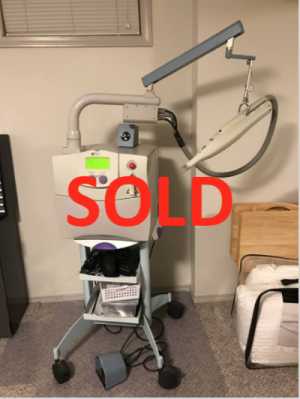 Sold 03/21/2019
Sold 03/21/2019
1064 nm (Nd Yag), 532 nm (KTP / Q-Switched), Pigmented Lesion, Procedure, Tattoo Removal, Wavelength
-
Sale!
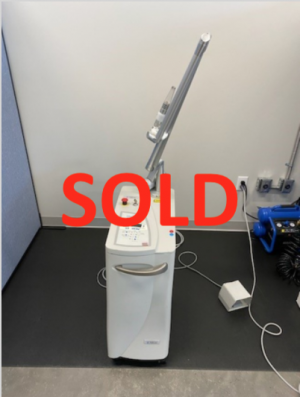 Sold 05/07/2021
Sold 05/07/2021
1064 nm (Nd Yag), 532 nm (KTP / Q-Switched), 585 nm (Pulsed Dye), Acne Scars, Cynosure, Inc., Laser Hair Removal, Manufacturer, Pigment Reduction, Pigmented Lesion, Procedure, Tattoo Removal, Vascular Lesions, Vein Removal, Wavelength, Wrinkle Reduction
CompareRefurbished Cynosure Medlite C6 – Nd Yag Q-Switched – Acne Scars, Pigment, Vascular, Hair Removal – Free Shipping – (km/bcx)t
$105,000.00Original price was: $105,000.00.$27,975.00Current price is: $27,975.00. Read more -
Compare
1997 Iridex Diolite KTP 532nm Diode – for Vascular & Pigmented Lesions (km/sab)
$32,000.00Original price was: $32,000.00.$3,975.00Current price is: $3,975.00. Read more

